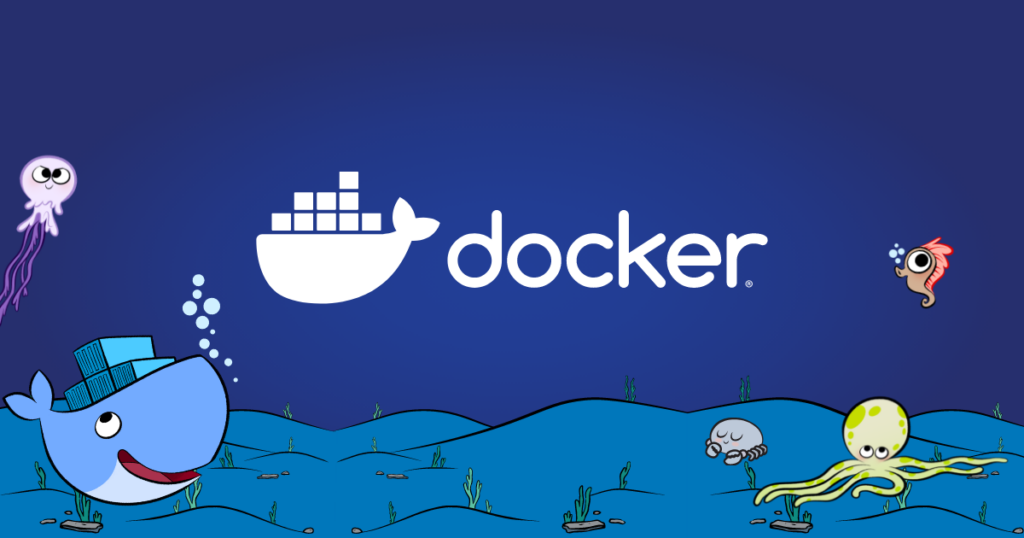Introduction to Containers
Containers are a lightweight, portable, and self-sufficient system of packaging software. They encapsulate an application’s code, runtime, system tools, libraries, and settings in one package. This containerization ensures that the software runs quickly and reliably in different computing environments. Think of containers like shipping containers for code; they provide a standardized unit for software development, allowing developers to move an application from development to testing to production with ease.

What Are Containers?
Originally, virtual machines were the go-to solution for isolated environments. However, virtual machines include not just the application and the necessary binaries and libraries; they also include an entire guest operating system. Containers share the host system’s kernel with other containers but can also be isolated from one another and the host system.
This makes containers:
- Efficient: Containers leverage and share the host kernel, making them lighter than virtual machines.
- Fast: Since they contain only the application and its dependencies, they require less storage space and reduce boot-up times.
- Portable: Containers can run on any system that supports the container’s runtime environment, regardless of the underlying infrastructure.
- Consistent: Development, testing, and production environments can be identical, reducing the “it works on my machine” syndrome.
- Scalable and Manageable: Containers can be easily scaled up or down and orchestrated using tools like Kubernetes.
Multi-Stage Dockerfiles
Docker is the most popular containerization platform. Dockerfiles are scripts containing a series of instructions and commands for building Docker images. Multi-stage Dockerfiles are a feature that allows you to create lighter and more efficient containers by using multiple stages to build the final image.
Benefits of Multi-Stage Dockerfiles:
- Reduce Image Size: By separating the build-time environment from the runtime environment, you can reduce the final image size.
- Simplify Builds: They allow you to compile code, run tests, and prepare a production artifact in a single Dockerfile, which is easier to maintain.
- Optimize Cache Utilization: Builds can be optimized by using Docker’s layer caching mechanism more effectively.
Basic Example of a Multi-Stage Dockerfile
Here’s a simple example of a multi-stage Dockerfile building a Node.js application:
# Stage 1: Build FROM node:12-alpine as builder WORKDIR /usr/src/app COPY package*.json ./ RUN npm install COPY . . RUN npm run build # Stage 2: Production image, copy all the files and run FROM node:12-alpine WORKDIR /usr/src/app COPY --from=builder /usr/src/app/build ./build EXPOSE 8080 CMD ["node", "build/app.js"]
In this Dockerfile, the first stage named builder is based on node:12-alpine, which is a lightweight version of Node.js. The application dependencies are installed, and the build command is run.
In the second stage, another node:12-alpine is used, but this time, only the built artifacts from the first builder stage are copied over. This results in a smaller final image that doesn’t include the source code, build dependencies, or other build-time artifacts.
To build and run this container, the following commands have to be executed:
docker build -t my-node-app . docker run -p 8080:8080 my-node-app
Utilizing multi-stage Dockerfiles can streamline your CI/CD pipelines and improve the efficiency of creating and deploying Docker containers. This strategy is particularly useful for compiled languages such as Go, C++, or Java, where the build-time dependencies and tooling do not need to be included in the runtime environment.
Single-Stage Dockerfile
Here’s an example of a Dockerfile without multi-stages for building a Node.js application:
FROM node:12-alpine WORKDIR /usr/src/app COPY package*.json ./ RUN npm install COPY . . RUN npm run build EXPOSE 8080 CMD ["node", "build/app.js"]
In the single-stage Dockerfile above, both the build and runtime environments are combined into one layer. Everything needed to build the application is included in the final image, including the source code, dependencies, and build tools.
Disadvantages of Single-Stage Dockerfiles
Single-stage Dockerfiles are relatively simple, but they come with several disadvantages compared to multi-stage builds:
Larger Image Size
In a single-stage build, the final Docker image includes all the components required for building the application. This means that the image carries all the development tools and intermediate files that aren’t necessary at runtime, resulting in a unnecessarily large image size.
Longer Pull and Deployment Times
With larger images, pulling the image from a registry and deploying it to a server takes longer. This can slow down continuous integration (CI) and continuous deployment (CD) pipelines, especially when bandwidth is limited or if deploying at scale.
Potential Security Risks
Including unnecessary tools and dependencies can introduce security vulnerabilities. Smaller images with fewer components are usually preferred because they reduce the attack surface. In single-stage Dockerfiles, since everything is included in the final image, there may be more security patches needed over time.
Less Cache Efficiency
Docker can cache intermediate layers to speed up builds. Multistage builds allow you to optimize the use of the cache by separating stages. For instance, dependencies could be cached separately from the application build. In a single-stage Dockerfile, the caching is less granular, and any change to the source code might require all steps to be rerun.
Comparison to Multi-Stage Builds
Compared to the multi-stage Dockerfile provided earlier, a single-stage Dockerfile results in larger images and potentially longer build processes, less efficient caching, and greater exposure to security vulnerabilities. Multi-stage builds, on the other hand, allow for more efficient use of Docker’s layer caching and result in smaller, more secure images by ensuring only the necessary components are included in the final image.



